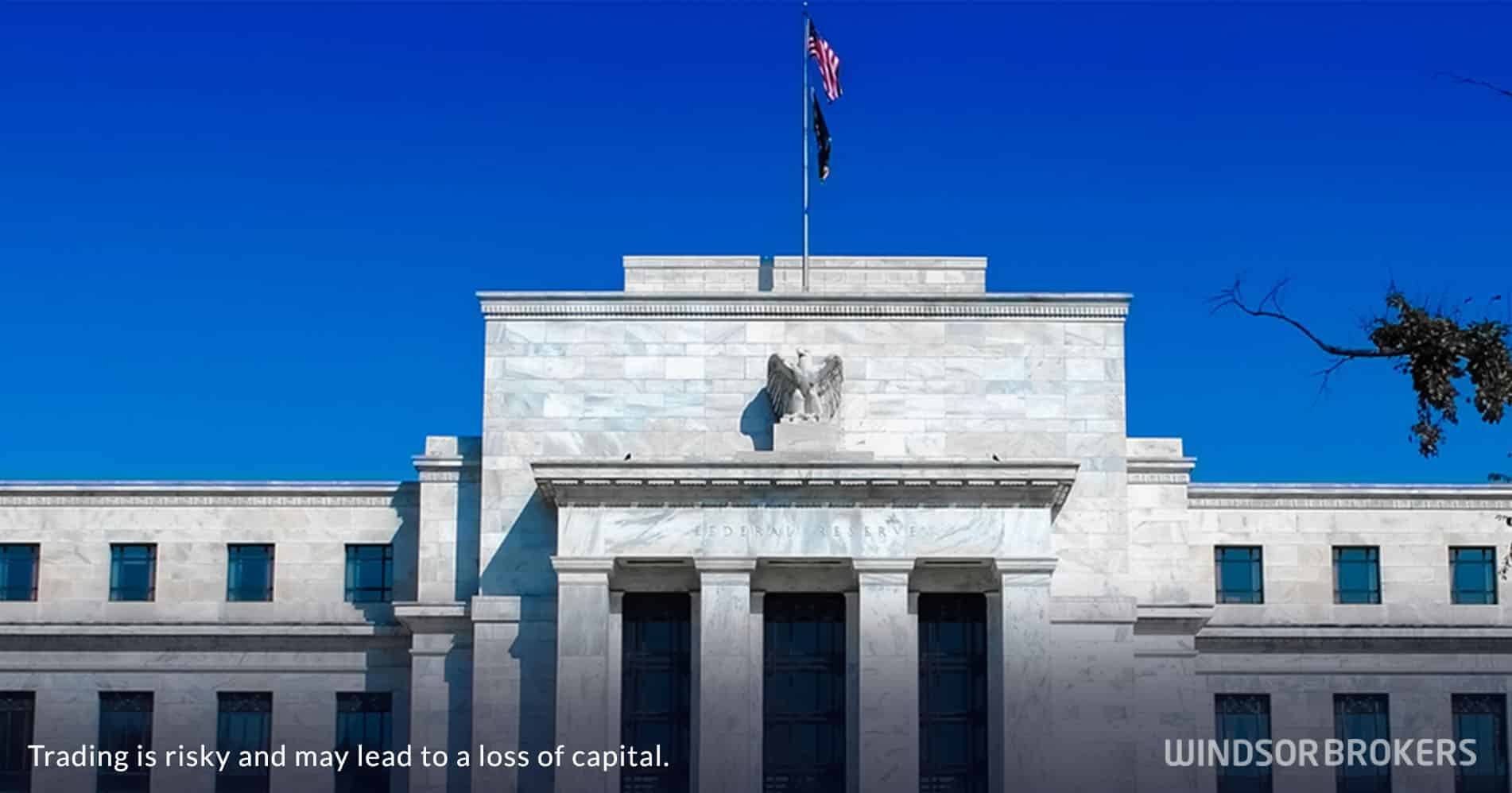Fed is expected to keep rates unchanged as worsening geopolitical situation and cooling economy weigh
The Federal Reserve is expected to keep interest rates unchanged at its June policy meeting as policymakers weigh signs of a cooling economy against risks of rising inflation, driven by recent US import tariffs and escalating tensions in the Middle East.
Since setting its benchmark interest rate in the current 4.25%–4.50% range in December, the Fed has seen the economic outlook grow increasingly uncertain—particularly following President Donald Trump’s return to office in January and his swift overhaul of US trade policy, including sharply higher taxes on imported goods.
Although many of the new tariffs have been delayed, the issue remains unresolved and is being closely monitored by central bank officials. Meanwhile, oil prices have surged following Israel’s attack on Iran last week, prompting a series of missile exchanges between the two regional adversaries.
Domestic economic indicators also point to potential weakening. Recent data on the job market, retail sales, and other key sectors suggest that growth may be losing momentum. Fed officials have indicated that they are waiting for more clarity on whether the economy is heading toward higher inflation or weaker growth before offering further guidance on interest rate policy.
Economists now expect US GDP growth in 2025 to slow to 1.3%, down from the 1.9% forecast in April. Inflation is projected to end the year at 3.1%—higher than previous estimates and well above the Fed’s 2% target. The unemployment rate, which stood at 4.2% in May, is expected to rise slightly to 4.3% by year’s end and continue climbing to 4.7% in early 2026.


